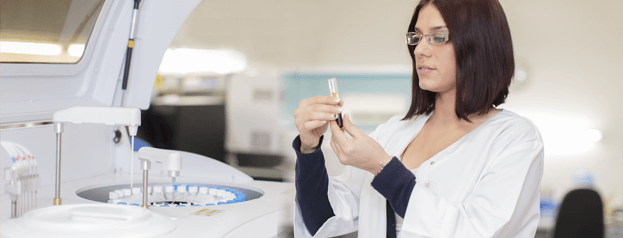
Managing pain can be difficult, especially as we grow older. Conditions like tennis elbow, rotator cuff tears, knee problems, cartilage loss, and degenerative disks can result in persistent distress and chronic debility.
Fortunately, there’s a novel pain-killing kid on the block, and it’s called platelet-rich plasma (PRP) therapy. Fascinatingly, this treatment has been used for years in surgical procedures to accelerate healing, but it’s still rather new when it comes to pain control. Clinical research remains limited, but the studies that have been conducted appear favorable. Anecdotal evidence is promisingly positive: actually, a sizable number of people who have had the treatment swear by its curative effects. Let’s briefly examine this particular approach to pain reduction.
Platelet-rich plasma therapy involves the ease of a simple blood draw. The sample is spun in a centrifuge, and the blood’s components separate.
A common technique is to mix the isolated platelets spun from the centrifuge (they now contain a more concentrated degree of plasma) in a syringe with the remaining blood. The mixture is then injected into achy, troublesome spots. The process encourages an inflammatory response, as this stimulates tissue healing. Because of this, anti-inflammatory medications should not be used prior to treatment. Platelets perform vital duties in injuries and wounds such as blood clotting and the release of growth factors (this stimulates stem cells). Likewise, platelets contain unique proteins that rejuvenate and repair.
Recovery from PRP tends to be reasonably fast. Naturally, like other minimally-invasive injections, there’s a chance of bruising at the injection site and a small risk of infection. Fortunately, there’s only a negligible possibility of allergic reaction, as the procedure uses your own blood. Oftentimes, only one treatment is needed for pain, but patients with long-standing discomfort may require multiple injections. Many people find this therapeutic route appealing, as they’d rather use their own bodily materials to heal instead of taking oral steroids, getting a cortisone shot, or undergoing surgery. The therapy is generally not covered by insurance, and injections often start at $400 and up, depending on the region (keep in mind it is always wise to first consult with your doctor before trying anything new). Interestingly, sports teams and other athletes regularly use PRP to address impairments like pulled ligaments, lower back pain, sore muscles, tendon degradation, frozen shoulders, etc., with wonderful results.
And other uses for PRP?
The treatment has had successful outcomes in oral procedures, bone grafting, and osteoarthritis. Intriguingly, it’s even being used in facial rejuvenation and hair growth stimulation with encouraging effects.
Sound exciting?
For additional PRP info, go to www.hss.edu.

